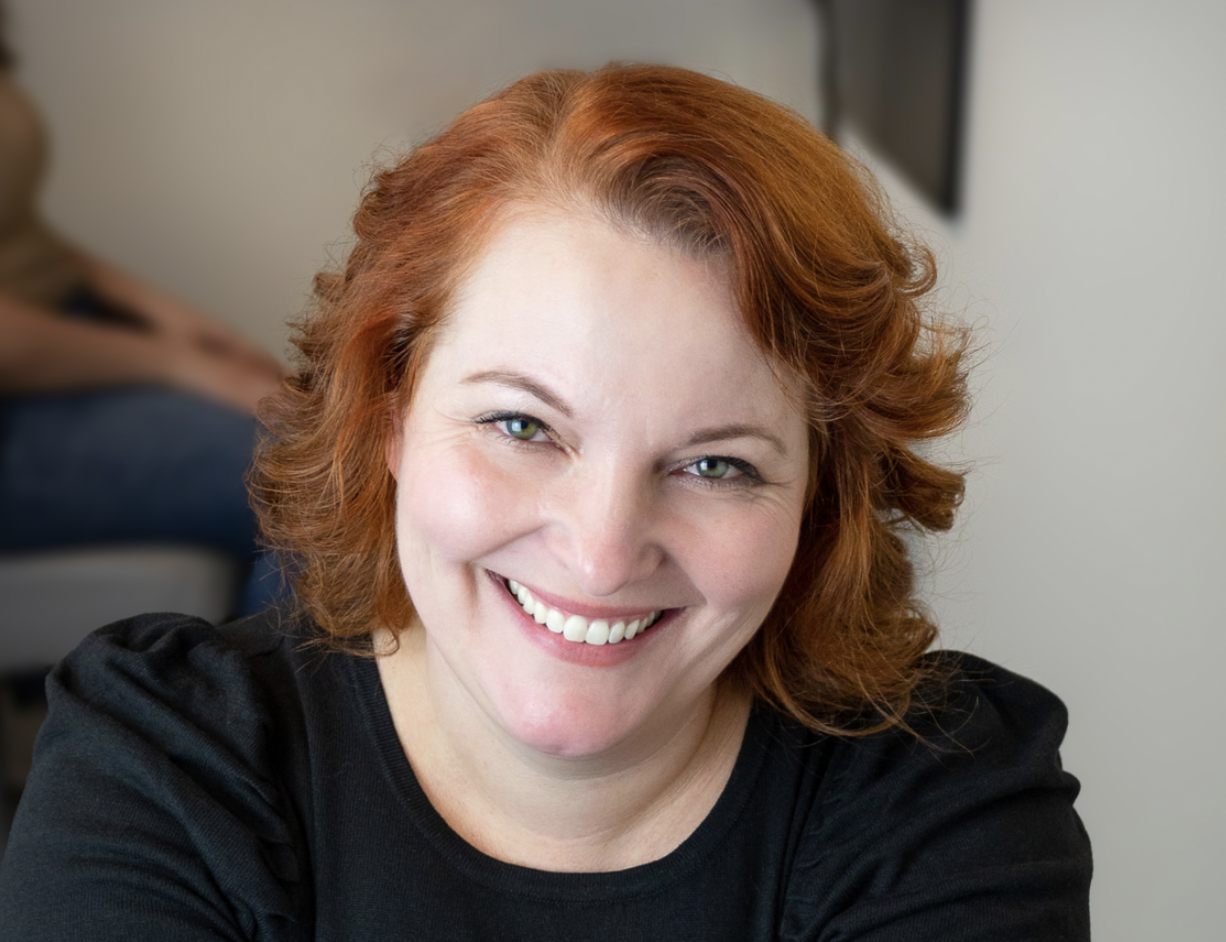Most people I talk to have a clear opinion about what type of learner they are. The thing is, when they describe themselves using labels like “visual” or “tactile” learners, what they’re really referring to is their preferred modality of instruction. From the classroom to YouTube videos, most people associate learning with the kinds of explicit, instruction-based formats that having language enables humans to use. But the vast majority of our learning is much more passive than these activities. In fact, the most expert learners of all—babies— can’t even follow instructions because they don’t have a fully functioning language system on board.
From a neuroscience perspective, learning is any process by which your experiences change the way you will think, feel, or behave in the future. And if you look closely enough at brains at work, you’ll find evidence of learning—and forgetting—in every waking moment of your life. This is because every experience leaves its mark. Much like a walk down the beach leaves a record by pushing millions of grains of sand into slightly new locations, each of your mental experiences creates physical transformations in the connections between your neurons, which influences their subsequent communication.
One of the most essential ways your experiences shape your brain is through a process called Hebbian learning. In essence, Hebbian learning is the biological mechanism that allows your brain to keep a running set of statistics about how frequently things occur in your environment. Much like sports teams keep statistics of their players and use them to make decisions about who to start and who to trade, your brain has a way of “counting” the frequency of occurrences of different types of events and using this system to figure out what’s most likely to be happening, given the incomplete information it receives.
Fortunately, your brain’s way of taking statistics doesn’t require any counting on your part. Instead, the work happens in the connections between the gossipy neurons—in the spaces that determine who is talking to whom, and how loudly. Timing is really important for organizing such communication. As it turns out, it’s also really important for learning. When two neurons in close proximity become excited at approximately the same time, the connections between them will strengthen, increasing the likelihood that the message of one will be picked up by the other. Though the actual principles of Hebbian learning are a bit more nuanced than this, I always remembered the catchy slogan I first learned as an undergrad: “Neurons that fire together, wire together.” And the more often this happens, the stronger the connection between the two neurons will grow. This is your brain’s way of connecting the dots. It assumes that if events A and B virtually always occur at the same time, they are part of the same “neural event.” Once this happens, even if your brain only gets evidence that A is going on in the outside world, it is likely to assume that B happened as well, and will create that experience for you, much the same way the participants in Cecere’s experiment saw two flashes of light when two tones were presented in different alpha windows, even if there was only one light presented.
As Hebbian learning continues to influence your brain over your life span, the strength of the billions of connections in it comes to function as a massive database that reflects the likelihood of everything you’ve experienced in your lifetime. My brain, for instance, needs very little evidence to understand what’s happening when I see someone walking a dog in my neighborhood. Because I walk my dogs almost every day, and often see others doing the same, there are thousands of instances of such events in my database. The result is that the network of neurons dedicated to identifying dog-related activities in my brain is very well connected. It helps me with the visually demanding task of understanding what kind of complex, three- dimensional critter-in-motion is attached to the string a person is holding, despite the variety of sizes, shapes, and colors that dogs come in.
To be honest, I took this important (to me) adaptation for granted until the time I saw a guy in my neighborhood walking down the street with two goats! Because my brain had already filled in the blank for “what’s likely to be at the end of that leash,” I had to stop and stare with my “does not compute” face for a solid second before I could figure out what the actual hell I was witnessing. And it’s not that a goat is harder to recognize than a dog. If I were driving through the country and saw a barn with a grassy pasture in front, it would probably be much easier for me to recognize a goat in the field than it would be to understand that I was seeing a Bernedoodle. Because after forty-plus years of life as an animal lover, my brain has acquired quite a lot of information about when and where one is most likely to encounter different types of animal friends. And at the intersection of the search including “my neighborhood” and “walks on a leash” now lie two answers: “DOGS” in all caps, because it is thousands of times more likely than the other exciting possibility, “goats.”
These shortcuts our brains make are critical to our survival. Even if we could sample all of the bits of energy in the world around us and build an accurate representation based on the bottom-up, tree-level details, doing so would take so much time that the world would have changed by the time we understood it. This would leave us making decisions based on the world as it existed moments ago. Crossing the street, with or without a dog, could be deadly.
But much like a specialized brain region loses the ability to be “multipurpose,” as an experienced brain becomes adapted to a specific environment, it can lose its ability to understand things it isn’t regularly exposed to. The research of my brilliant and inspirational colleague Patricia Kuhl has shown that this is precisely what happens when infants are immersed in their native languages. All infants are born “citizens of the world,” she says, because they can hear and dis- criminate between the different speech sounds that occur in all of the world’s languages. But they’re not very good at any of them to start out with. Then, as they gain experience listening to one particular language, their brains adapt to the sounds in their native tongue. But as quickly as this happens, they begin losing the ability to hear or produce the sounds that they are not exposed to. By the time babies are six months old, you can already see signs that their brains are becoming fine-tuned for the sounds in their own environments. And though older children, and even adults, can learn the sounds of new languages later in life, it is much more difficult to do so. For this reason, most who do will have accents that persist—and the fact that they can’t even hear their own accents makes it all the more difficult to change the way they speak.

Excerpted from The Neuroscience of You, by Chantel Prat, PhD., Published by Dutton
Aug 02, 2022.


